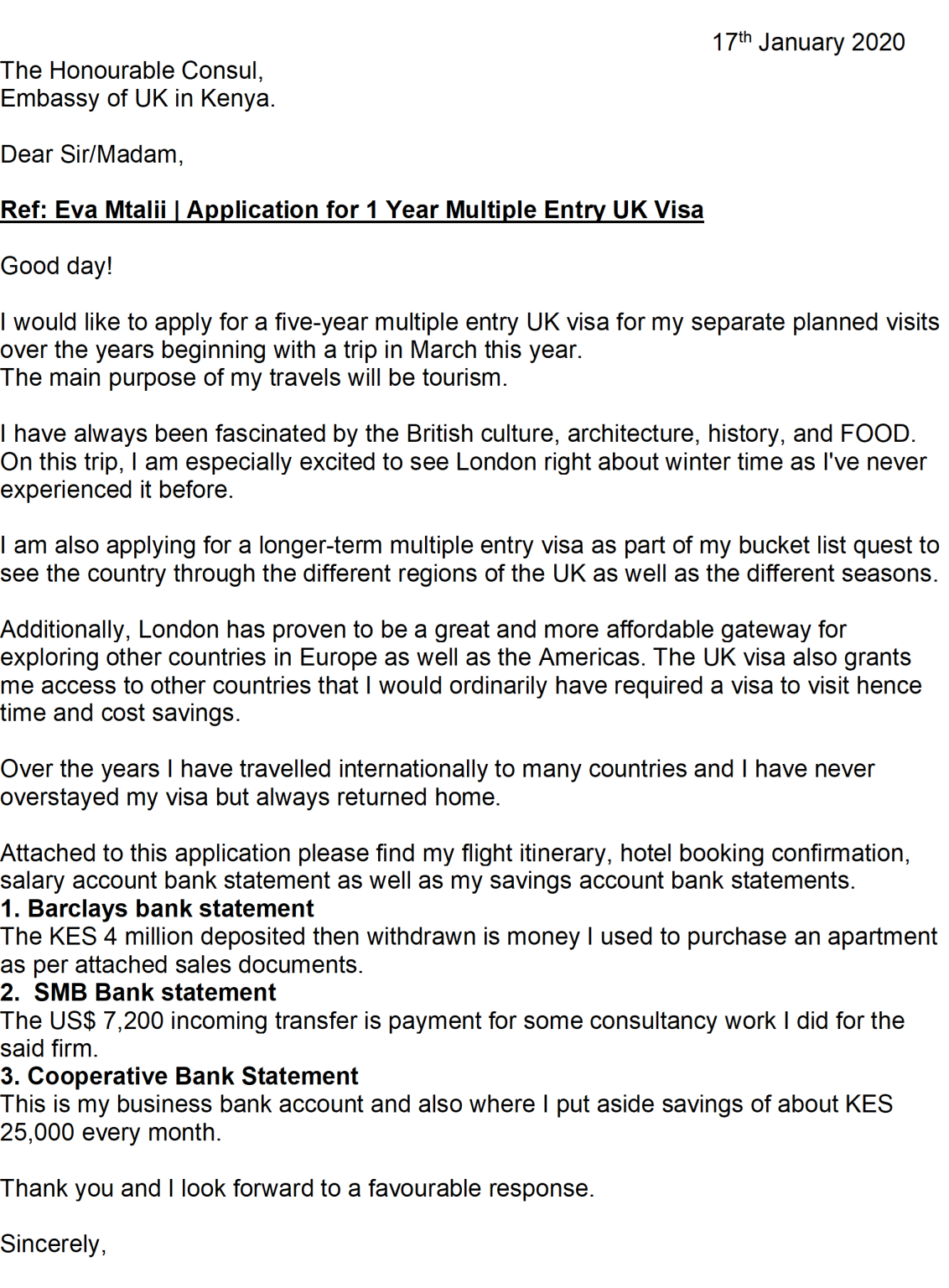Disrupted Supply Chains: How Trade Disputes Affect Products Like Bubble Blasters

Table of Contents
The Global Nature of Bubble Blaster Production
Bubble blasters, those seemingly simple childhood delights, are surprisingly complex products born from a globalized manufacturing process. Understanding their journey from raw materials to retail shelves reveals the vulnerability of global supply chains. The production of a single bubble blaster involves a fascinating international dance:
- Raw Material Sourcing: The plastic resin forming the bottle's base often originates in the Middle East, relying heavily on global oil markets and transportation networks. These networks are often susceptible to geopolitical instability and price fluctuations.
- Manufacturing Hubs: The assembly of bubble blasters, incorporating various components like wands and solution bottles, typically occurs in countries like China or other Southeast Asian nations known for their cost-effective manufacturing capabilities. This reliance on a single geographic region presents a significant risk.
- Distribution Networks: Once manufactured, bubble blasters embark on a journey across oceans and continents, traversing intricate distribution networks across North America, Europe, and beyond. These networks are dependent on efficient shipping, port operations, and timely customs clearance.
These interconnected stages highlight the complex global supply chain integral to the production of even seemingly simple products. Any disruption in any of these links can have cascading effects on the entire process. The reliance on international trade and the interconnectedness of these supply chains makes them vulnerable to global events.
Impact of Trade Wars and Tariffs on Bubble Blaster Pricing
Trade disputes and the imposition of tariffs significantly increase the cost of imported goods, impacting products like bubble blasters in several ways:
- Increased Raw Material Costs: Tariffs on imported plastic resin directly increase the manufacturing cost of the bubble blaster. A 10% tariff, for example, could translate into a noticeable increase in the final product's price.
- Elevated Manufacturing Costs: Tariffs on components or intermediate goods used in the manufacturing process further inflate the overall cost. This can lead to manufacturers passing these added costs onto consumers.
- Higher Transportation Costs: Trade disputes can also disrupt established shipping lanes, leading to longer transport times and increased fuel costs, all adding to the final price.
Let's consider a hypothetical scenario: Suppose a 15% tariff is imposed on imported plastic resin and a 5% tariff on the manufactured bubble blaster itself. This could potentially lead to a 20% or higher increase in the retail price, making the simple bubble blaster a more expensive purchase. This illustrates the direct consumer impact of global trade disputes.
Supply Chain Bottlenecks and Product Shortages
Trade disputes frequently lead to significant disruptions in shipping and logistics, causing bottlenecks and shortages:
- Port Congestion and Delays: Trade disputes can lead to increased port congestion as vessels face delays in customs clearance and inspections. This can delay shipments significantly.
- Shipping Container Shortages: Global trade disruptions can lead to shortages in shipping containers, further hindering the movement of goods. This translates to increased shipping costs and longer transit times.
- Reduced Availability: The combination of delayed shipments and logistical problems directly impacts product availability. Retail shelves might remain empty, leaving consumers frustrated and unable to purchase their favorite bubble blasters.
These logistical challenges are exacerbated by unforeseen events like natural disasters or pandemics, which can further compound the effects of trade disputes and cause even more significant supply chain bottlenecks.
Alternative Sourcing and Adaptation Strategies
Faced with supply chain disruptions, manufacturers employ several adaptation strategies:
- Negotiating with Alternative Suppliers: Companies seek alternative suppliers in different countries to diversify their sourcing and reduce dependence on a single region. This can help mitigate risks but may impact product quality or cost.
- Reshoring and Nearshoring: Manufacturers may consider reshoring (bringing production back to their home country) or nearshoring (moving production to a geographically closer country) to reduce reliance on distant suppliers and mitigate risks associated with long supply chains. This often comes with increased labor costs.
- Substituting Raw Materials: Companies might explore using alternative raw materials if the original source becomes too expensive or unreliable. This might affect the product's quality or functionality.
These strategies, while mitigating risk, often come at a cost, potentially affecting product pricing or quality. The choice often depends on the manufacturer's risk tolerance and market conditions.
Conclusion: Understanding Disrupted Supply Chains and the Future of Bubble Blasters (and Beyond)
Trade disputes significantly impact the supply chains of even simple products like bubble blasters, leading to price increases, product shortages, and the need for manufacturers to adapt. Understanding these disruptions is crucial for comprehending the interconnectedness of global trade and its pervasive effects on everyday consumer goods. Learning more about how trade disputes affect the products you buy empowers you to be a more informed consumer. For further insights into the complexities of global supply chains and their vulnerability, explore resources like the World Trade Organization's website. Understanding supply chain disruptions is key to navigating the evolving landscape of global commerce.

Featured Posts
-
 Nhl Odds Oilers Vs Sharks Prediction And Betting Picks
May 09, 2025
Nhl Odds Oilers Vs Sharks Prediction And Betting Picks
May 09, 2025 -
 Colapinto Replacing Doohan At Imola Just Speculation
May 09, 2025
Colapinto Replacing Doohan At Imola Just Speculation
May 09, 2025 -
 Spring Fashion Elizabeth Stewart X Lilysilk Collaboration Unveiled
May 09, 2025
Spring Fashion Elizabeth Stewart X Lilysilk Collaboration Unveiled
May 09, 2025 -
 Changes To Uk Visa Applications Nationality Based Restrictions
May 09, 2025
Changes To Uk Visa Applications Nationality Based Restrictions
May 09, 2025 -
 So Very Fragile A Parenting Expert Explains The Risks Of Early Daycare
May 09, 2025
So Very Fragile A Parenting Expert Explains The Risks Of Early Daycare
May 09, 2025
